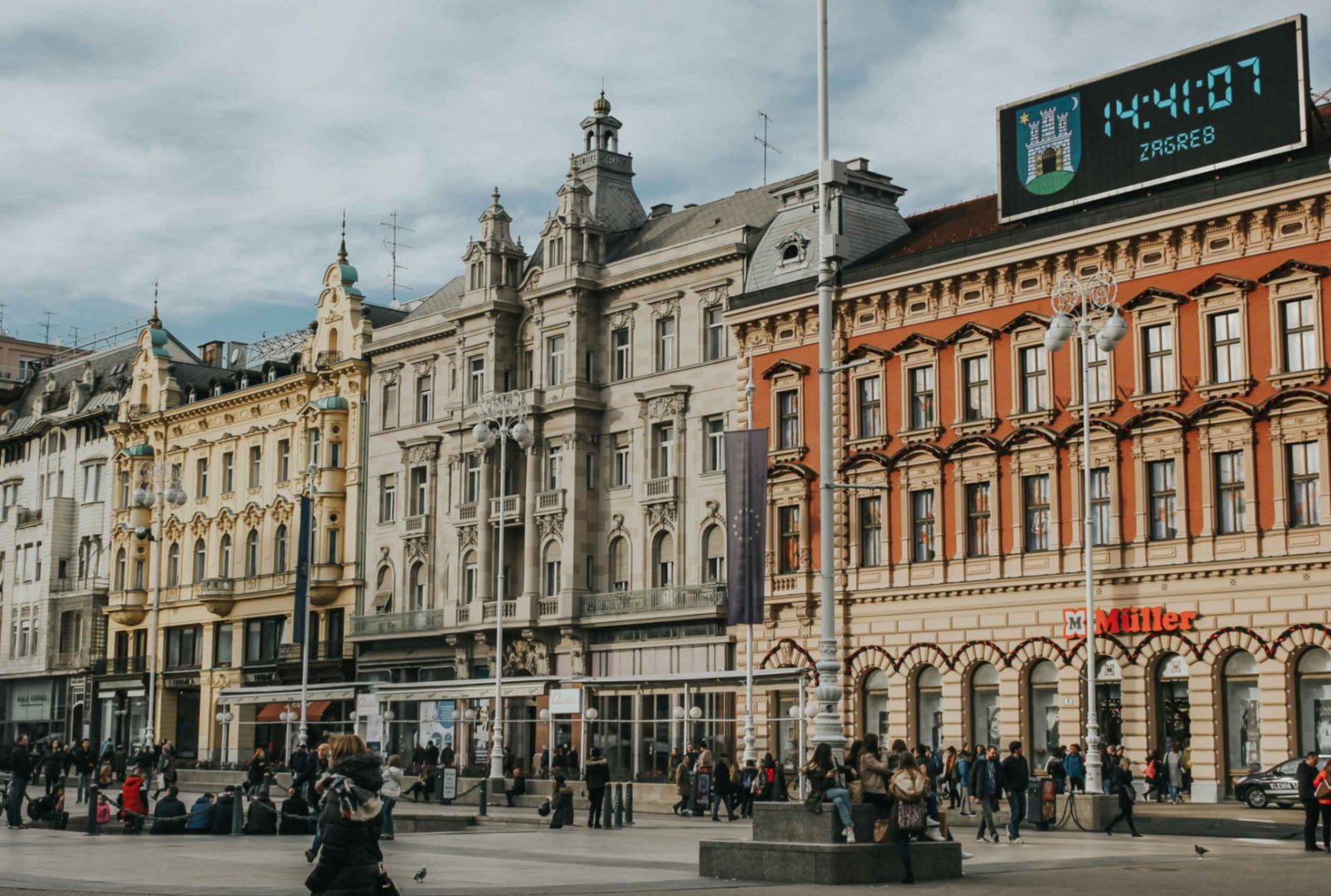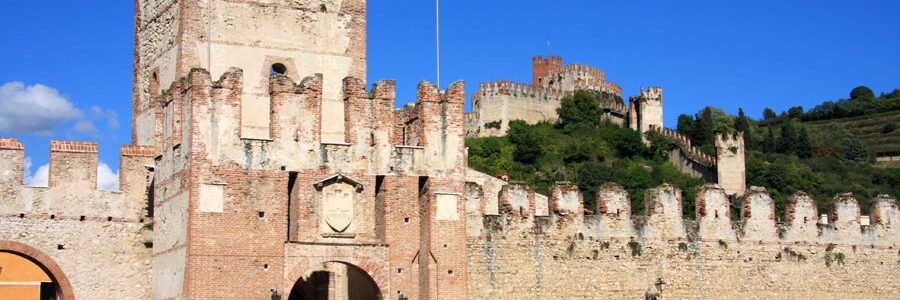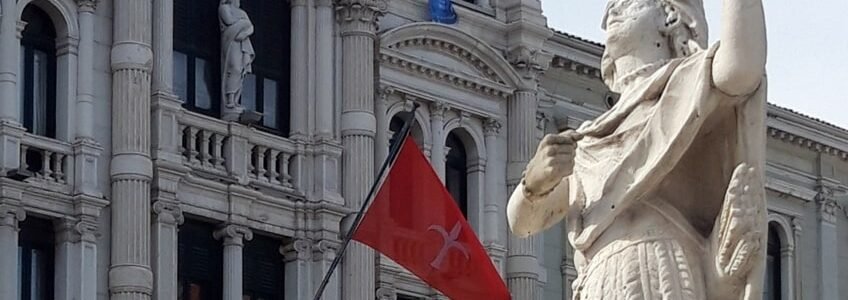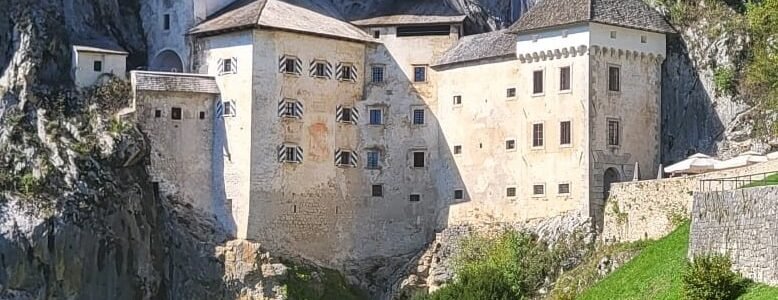How to get from
Ljubljana to Zagreb
How to get from Ljubljana to Zagreb
Start
Slovenia’s capital Ljubljana and Croatia’s capital Zagreb are only about 140 kilometers apart. Despite the short distance, the trip connects two different cultures, languages, and travel atmospheres. Whether you want the cheapest ticket, the most scenic ride, or the most comfortable experience, there are several ways to make this journey. Here’s a breakdown of the main options.
By Train
Taking the train is one of the more traditional routes between Ljubljana and Zagreb. Direct trains run a few times a day, with the journey taking roughly 2.5 hours.
Tickets typically cost between €15 and €25, which makes this option affordable. Trains offer enough space, onboard restrooms, and the chance to enjoy countryside views. The route passes rivers, small Slovenian towns, and green landscapes before rolling into Zagreb’s Glavni Kolodvor station.
It’s not the fastest or the cheapest way, but it offers reliability and comfort at a reasonable price.
By Bus
Buses are the most budget-friendly option, especially if booked in advance. Several companies, including FlixBus, connect Ljubljana and Zagreb multiple times daily.
-
Duration: about 2.5–3.5 hours, depending on border traffic
-
Price: as low as €10, usually not more than €20
-
Facilities: Wi-Fi, charging ports, and modern seating on most coaches
The main drawback is the border crossing. Delays are possible, especially during weekends and holidays. However, many travelers find the bus unbeatable in terms of cost and frequency.
Private Transfer
For convenience and comfort, private transfers are the top choice. A driver picks you up at your hotel or apartment in Ljubljana and takes you directly to your chosen address in Zagreb.
A reliable option is our Ljubljana to Zagreb transfer, which ensures door-to-door service and fixed pricing. Travel time is around 1h 45min, depending on traffic.
The real advantage, however, is the ability to include stopovers. Unlike trains or buses, a private transfer allows you to shape your journey. For example, you can pause at Žužemberk Castle, perched above the Krka River, known for its medieval fortifications and scenic views. Another excellent choice is Otočec Castle, a romantic fortress on an island in the middle of the river, today functioning as a luxury hotel and restaurant.
Closer to Zagreb, Samobor makes for a sweet final pause. Famous for its cream cakes (kremšnita), cobbled streets, and relaxed small-town vibe, it’s a charming way to ease into Croatia before arriving in the capital.
These stops don’t add much travel time but transform the transfer into a travel experience rather than just a ride.
Driving Yourself
Renting a car and driving the route is easy. Highways are modern and clearly signed, making navigation simple.
-
Duration: about 2–2.5 hours
-
Costs: car rental (€40–60/day), fuel (€25) and tolls (~€10)
-
Pros: flexibility, ability to make detours
-
Cons: extra paperwork for cross-border rentals, and parking in Zagreb can be tricky
This option is best if you plan to continue exploring either Slovenia or Croatia by car after reaching the capital.
Flying
Flying between Ljubljana and Zagreb is not practical. The distance is too short, and by the time you factor in airport transfers, security checks, and boarding, the trip takes longer than driving or taking a bus. Prices are also high compared to land transport, often above €100 for a one-way ticket.
This option only makes sense if you are connecting to another international flight out of Zagreb.
Which Option to Choose?
-
Budget travelers: buses are the cheapest and frequent
-
Scenic route seekers: trains are comfortable and offer views
-
Comfort and flexibility: private transfers win, especially with stopovers
-
Independent explorers: self-drive is best for full freedom
-
Flying: avoid unless you’re linking to another flight
Travel Tips
-
Book in advance for cheaper tickets on buses and trains.
-
Border delays are possible, so plan with extra time if you have onward connections.
-
Carry ID – although Slovenia and Croatia are in the EU, border checks still can apply.
-
Cash vs card – both countries use euros, but smaller towns may prefer cash.
-
Add stopovers if you go by private transfer – they are the best way to make the most of the trip.
Conclusion
Getting from Ljubljana to Zagreb is quick and flexible, with multiple choices to suit every budget and style of travel. Whether you want the cheapest ticket, the most scenic ride, or the easiest door-to-door option, the route has it covered. Travelers who pick private transfer often mention that stopovers like Žužemberk Castle, Otočec Castle, and Samobor turned a simple transfer into one of the highlights of their trip. For more information on events, culture, and what to do once you arrive, visit the Zagreb Tourist Board official website.
How to Get from Ljubljana to Zagreb
How to Get from Ljubljana to Zagreb gives you a clear overview of options for connecting the two neighboring capitals. The distance is short, making the trip suitable for a same-day journey by different means of transport.
Whether you travel for business or leisure, the Ljubljana to Zagreb connection is easy to include in regional travel plans.
- Ljubljana to Zagreb transfer service
- Zagreb to Ljubljana direct ride
- Bled to Zagreb travel option
- Zagreb to Bled private transfer
- Trieste to Zagreb route
- Venice to Zagreb connection
How to Get from Ljubljana to Zagreb: Main Travel Options
- By train – direct connections, about 2.5 hours travel time
- By bus – frequent departures, usually around 2 to 3 hours
- By air – not practical due to short distance
- By private transfer – most flexible and comfortable, about 2 hours
A Simple Link Between Slovenia and Croatia
How to Get from Ljubljana to Zagreb in the most convenient way
For visitor tips and official city information, see the Zagreb tourism website.
RECENT POSTS
- How to get from Ljubljana to Split October 6, 2025
- How to get from Ljubljana to Pula October 5, 2025
- How to get from Ljubljana to Rovinj October 3, 2025





























































Leave a Comment